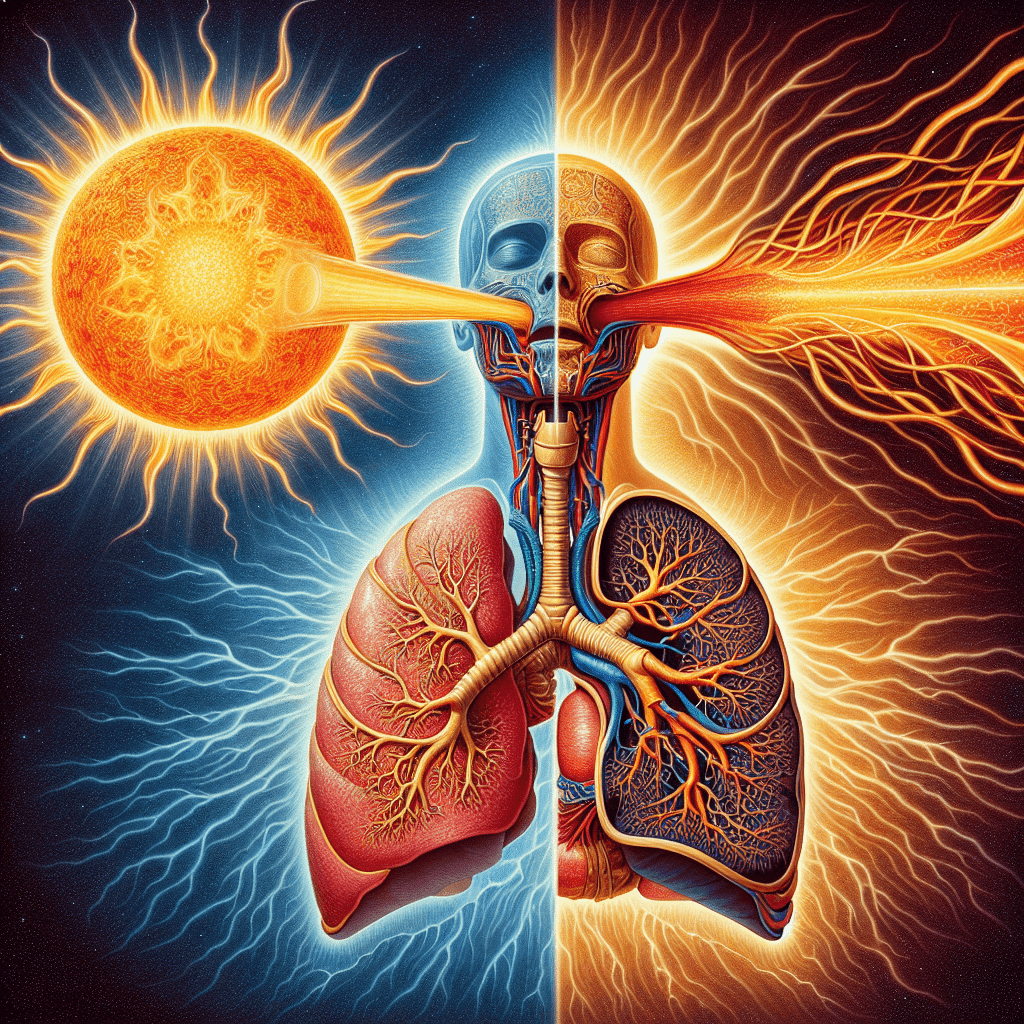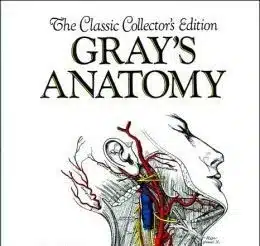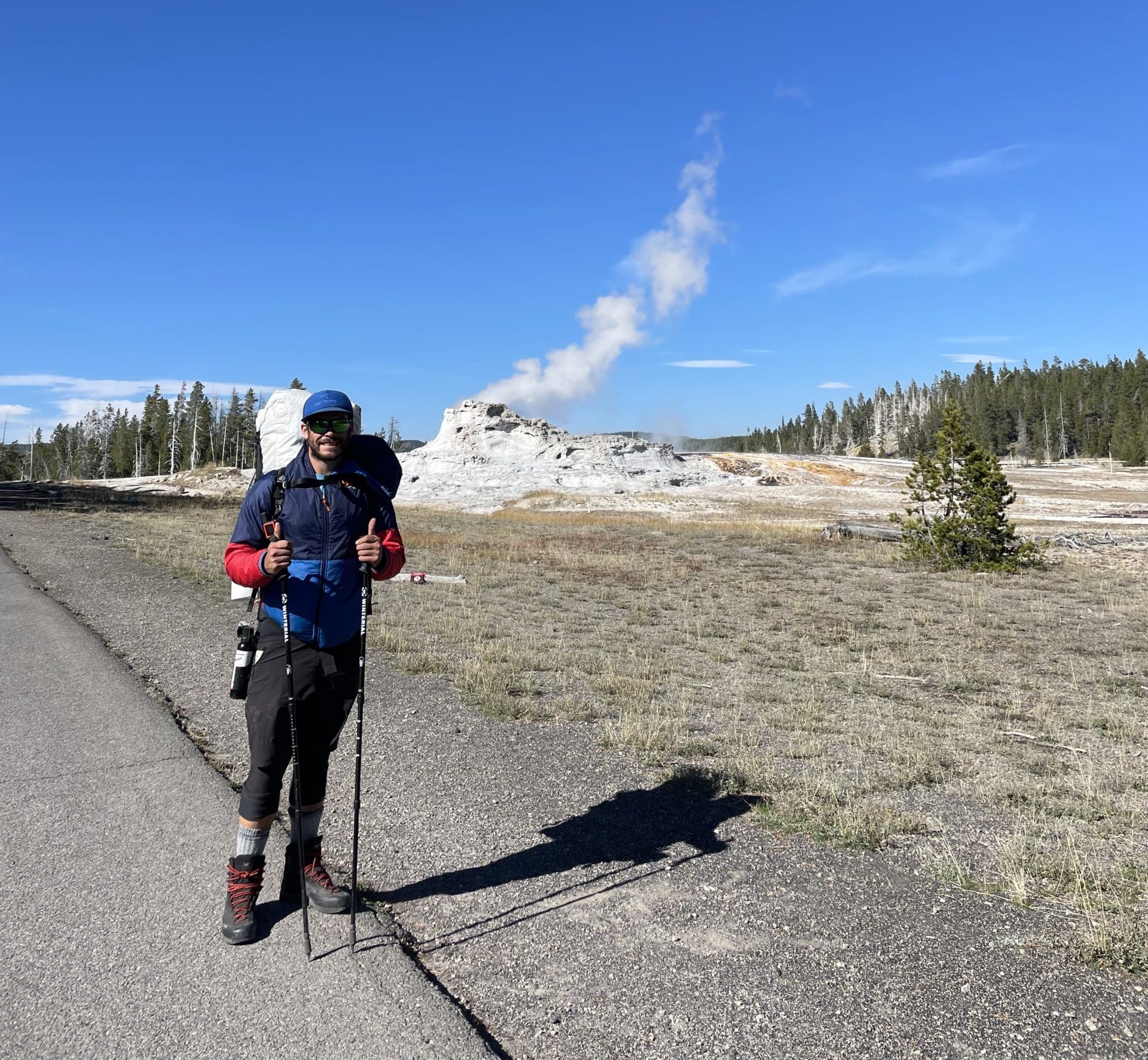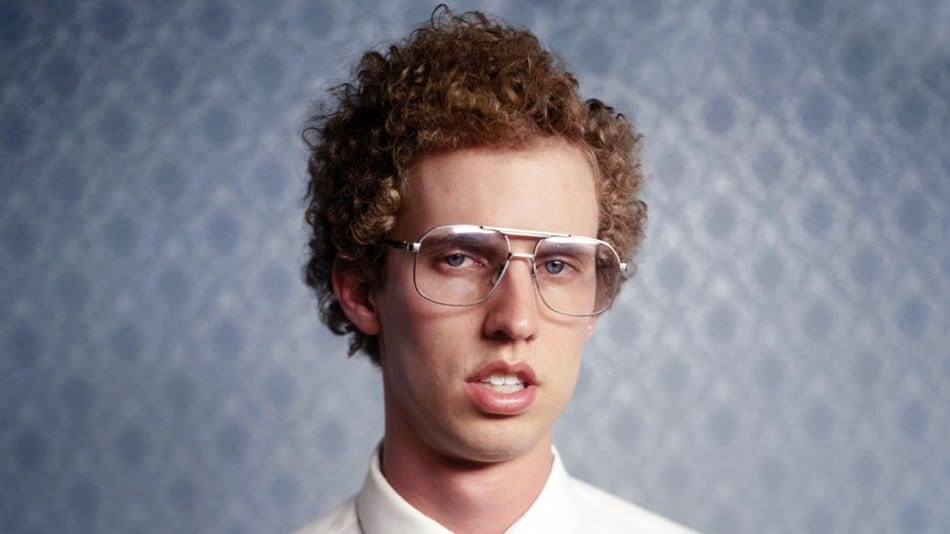The Human Lymphatic System (The Immune System)
Lymphatic system (aka the ‘‘immune system‘) – organs, tissues, and vessels work as a team to transport lymph (excreted fluid from cells or tissues in the body) back into the bloodstream. This immune “system” of organs remembers every microbe it has ever fought and defeated.[1] It works in unison to prevent pathogens from invading the … Read more








